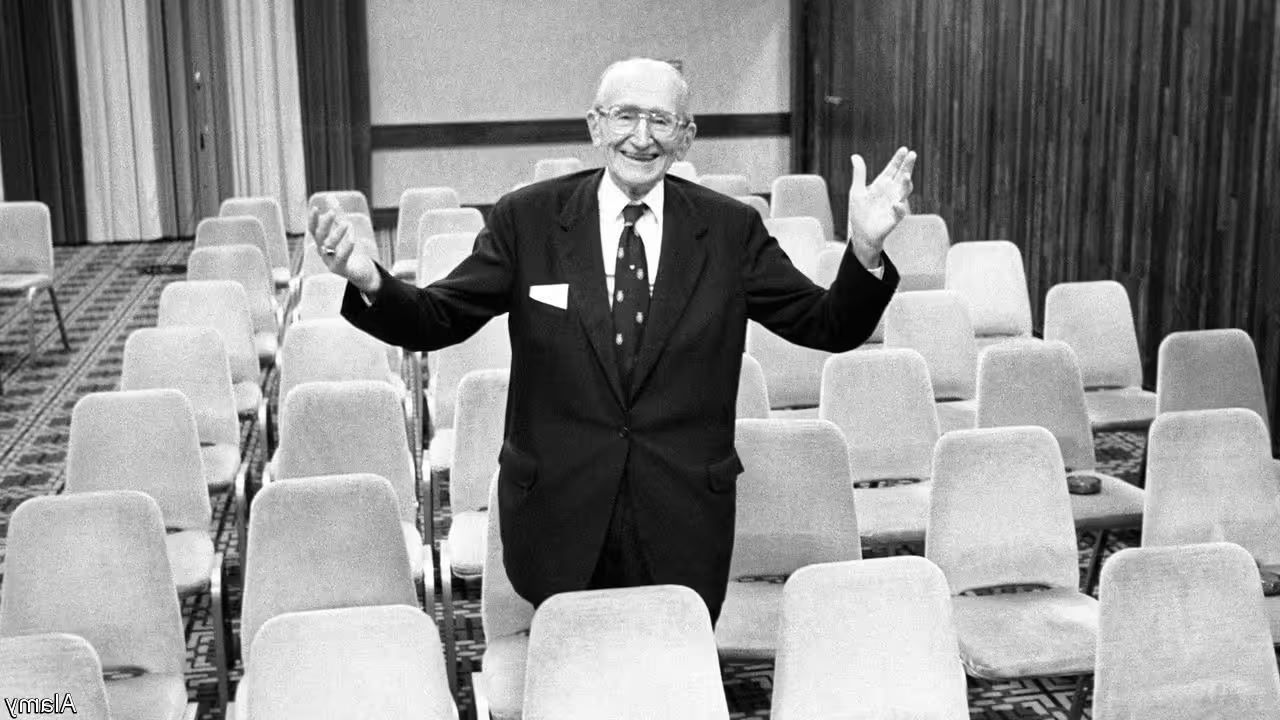
Daylight Saving Time (DST) is a practice that has been implemented by many countries around the world since the early 20th century. It involves adjusting the clocks forward by one hour during the spring, commonly known as “springing forward,” and then adjusting them back by one hour during the fall, known as “falling back.” This practice aims to make better use of daylight during the summer months and conserve energy by extending daylight in the evenings.
While it may seem like a simple concept, DST has a fascinating history and has sparked both positive and negative reactions from the public. In this article, we will delve into 18 intriguing facts about Daylight Saving Time that you may not be aware of. From its origins to its impact on various aspects of life, these facts will shed light on the peculiarities and controversies surrounding this widely practiced phenomenon.
Key Takeaways:
- Daylight Saving Time was first used during World War I to save energy, and not all countries observe it. It can affect our sleep patterns and has been linked to health issues.
- Daylight Saving Time doesn’t actually create more daylight, and it can impact various industries and technology. Its effects on health and energy savings are still debated.
Daylight Saving Time was first implemented during World War I.
The concept of Daylight Saving Time was first introduced as a way to conserve energy during the war. By adjusting the clocks, people could make better use of natural daylight and reduce the need for artificial lighting.
Not all countries observe Daylight Saving Time.
While many countries around the world participate in Daylight Saving Time, not all of them follow this practice. Some countries, like Japan and China, do not adjust their clocks for DST.
Daylight Saving Time starts and ends on different dates in different countries.
The dates for when Daylight Saving Time begins and ends can vary from country to country. This often leads to confusion for travelers and international business dealings.
The purpose of Daylight Saving Time is to make better use of daylight.
By shifting the clocks forward in the spring, we can enjoy longer evenings with more daylight. This is especially beneficial during the warmer months when people tend to spend more time outdoors.
Daylight Saving Time can affect our sleep patterns.
When the clocks are adjusted, it can disrupt our sleep cycles. It may take a few days for our bodies to adjust to the new time, leading to feelings of fatigue and grogginess.
Daylight Saving Time was temporarily abolished during World War II.
During World War II, many countries suspended Daylight Saving Time to conserve resources for the war effort. It wasn’t until after the war that DST was reintroduced in some places.
Daylight Saving Time can save energy.
By extending daylight hours, Daylight Saving Time can reduce the need for artificial lighting in the evenings. This can result in energy savings and a positive impact on the environment.
Daylight Saving Time is not observed near the equator.
Countries located near the equator experience relatively consistent daylight hours throughout the year, so there is no need for them to adjust their clocks for Daylight Saving Time.
The start and end of Daylight Saving Time can affect various industries.
Industries such as agriculture, transportation, and retail can be impacted by the changing of the clocks. For example, farmers may need to adjust their schedules and transportation companies may need to modify their timetables.
Daylight Saving Time can affect our biological clock.
Our bodies have an internal biological clock, also known as the circadian rhythm. When the time changes, it can disrupt this rhythm and throw off our sleep-wake cycles.
Arizona and Hawaii do not observe Daylight Saving Time.
These two states within the United States have opted out of Daylight Saving Time. They maintain a consistent time throughout the year.
Daylight Saving Time does not actually create more daylight.
Despite its name, Daylight Saving Time does not magically create additional daylight. It simply shifts the hours of daylight to better align with our waking hours.
Some studies suggest that Daylight Saving Time can affect our health.
Research has indicated that the time change associated with Daylight Saving Time can have negative effects on our well-being. It has been linked to increased risk of heart attacks, car accidents, and workplace injuries.
Daylight Saving Time has been extended in some countries.
In an effort to save more energy and promote longer evenings, some countries have extended the duration of Daylight Saving Time. This means that the clocks are adjusted even earlier in the spring and later in the fall.
Daylight Saving Time is often criticized for its perceived lack of benefits.
Opponents of Daylight Saving Time argue that the energy savings are minimal, the time change can be disruptive, and it can lead to various negative impacts, both on individuals and on the economy.
Not all states in the United States observe Daylight Saving Time.
While most states in the United States participate in Daylight Saving Time, there are exceptions. For example, the states of Arizona and Hawaii do not adjust their clocks for DST.
The concept of Daylight Saving Time was proposed by Benjamin Franklin.
Benjamin Franklin, one of the Founding Fathers of the United States, suggested the idea of adjusting the clocks to make better use of daylight back in However, it wasn’t implemented until much later.
Daylight Saving Time can affect technology and computer systems.
When the clocks change, it can lead to technical glitches and issues with computer systems. This is because many devices rely on precise timekeeping, and the sudden time change can cause discrepancies.
Conclusion
In conclusion, Daylight Saving Time is a practice that not only affects our clocks but also has significant impacts on various aspects of our lives. It was initially implemented to save energy and make better use of daylight during the summer months. However, its effectiveness and necessity have been a subject of debate.While Daylight Saving Time may give us the illusion of longer days and more sunlight, it can also disrupt our sleep patterns, affect our productivity, and even have adverse effects on our health. It is crucial to be aware of the potential consequences of this biannual time change and take steps to adjust accordingly.Whether you love it or hate it, Daylight Saving Time remains a constant in many parts of the world. Understanding the facts and myths surrounding this practice can help us make informed decisions and adapt to the changes it brings each year.
FAQs
1. Why do we have Daylight Saving Time?
Daylight Saving Time was originally introduced as a way to conserve energy and make better use of daylight during the summer months.
2. Does Daylight Saving Time really save energy?
The energy-saving benefits of Daylight Saving Time are disputed, with some studies suggesting that the actual energy savings are minimal.
3. How does Daylight Saving Time affect our sleep patterns?
The time change can disrupt our sleep patterns, as our bodies need time to adjust to the new schedule, leading to potential sleep disturbances.
4. Can Daylight Saving Time have an impact on health?
Yes, research suggests that the time change can contribute to increased risk of heart attacks, strokes, and other health issues due to disruptions in sleep patterns.
5. Are all countries observing Daylight Saving Time?
No, not all countries observe Daylight Saving Time. The practice is followed in some parts of the world, while others do not implement it at all.
6. What are the potential benefits of Daylight Saving Time?
Advocates claim that Daylight Saving Time can promote outdoor activities, reduce electricity usage, and boost tourism and economic activity.
7. Do all regions change their clocks at the same time?
No, the dates and times of Daylight Saving Time changes differ across various regions and countries.
8. Is it true that Daylight Saving Time increases the risk of accidents?
There is evidence to suggest that the time change can lead to an increase in traffic accidents, workplace injuries, and even heart attacks.
9. Can Daylight Saving Time affect our productivity?
Studies have shown that the time change can have a short-term impact on productivity, as individuals may experience decreased concentration and increased fatigue.
10. Will Daylight Saving Time ever be abolished?
The decision to abolish or maintain Daylight Saving Time rests with the respective governments of each country, and it can vary depending on public opinion and ongoing evaluation of its pros and cons.
Daylight Saving Time's impact on our lives is undeniable, but have you ever wondered about the intricacies of time zones across the globe? Unraveling the mysteries behind these geographical divisions can be just as captivating. If you're curious about how weather patterns influence our daily routines, exploring the benefits of home weather stations might pique your interest. These devices provide valuable insights into local climate conditions, helping you stay prepared for whatever Mother Nature has in store.
Was this page helpful?
Our commitment to delivering trustworthy and engaging content is at the heart of what we do. Each fact on our site is contributed by real users like you, bringing a wealth of diverse insights and information. To ensure the highest standards of accuracy and reliability, our dedicated editors meticulously review each submission. This process guarantees that the facts we share are not only fascinating but also credible. Trust in our commitment to quality and authenticity as you explore and learn with us.


